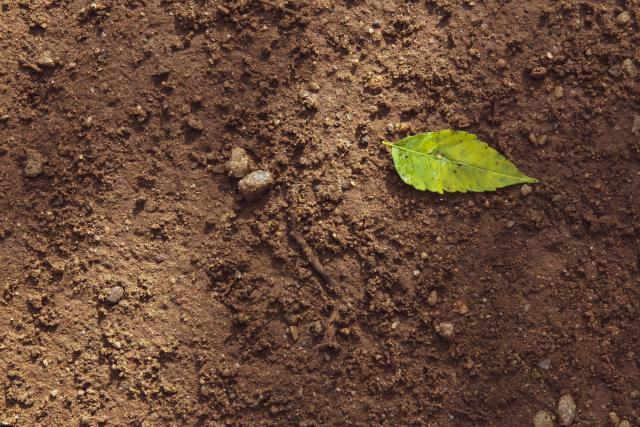A $15 million project to develop a national soil information system, aimed at improving the sustainable management of one of the nation’s most precious assets has been launched by The Commonwealth Scientific and Industrial Research Organisation (CSIRO).
Supporting the National Soil Strategy, and funded by the Australian Government’s Department of Agriculture, Fisheries and Forestry, the Australian National Soil Information System (ANSIS) project is a collaboration between government, research organisations, industry, the private sector, and the community.
Using innovative processes and technologies, ANSIS will allow improved sharing of nationally consistent soil data and information through online access for users to help Australians, including those in Wyndham, to better understand our diverse range of soils and make better decisions about managing our important soil resources.
Currently, soil data is collected using different methods, by different organisations, and at a range of depths in the soil. This makes it hard to access, compare and use data from different sources.
ANSIS project lead at CSIRO, Peter Wilson said improving access to the best soil data and information can help promote digital agriculture innovation and is key to sustainably managing Australia’s soils.
“By using ANSIS, farmers and agricultural advisors will have access to more soil data and be better placed to more sustainably manage the soil on which they rely,” he said.
“Soil is vital to our agricultural production and natural environments, as well as our health and wellbeing. This information system will help us all care for this important natural resource.
“Productive, healthy and resilient soil means more economic, environmental and social benefits to Australia. Monitoring soil also helps our scientific understanding about how our natural world is changing.
“This work gives us insights into biodiversity, water resources, landscapes and coastlines, fauna, climate and geology. By harmonising Australia’s soil data, we can make it accessible across many fields of science and exploration.”







